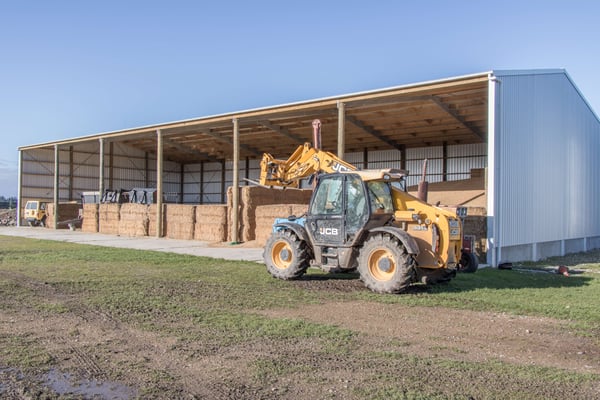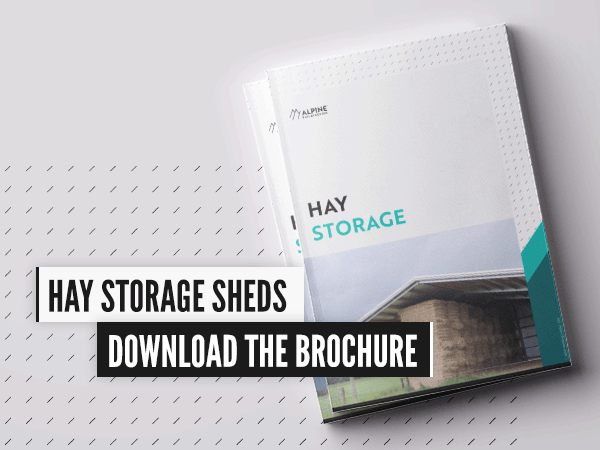With so many different ways to store a successful harvest it’s no wonder that a great debate rages as to the best method to keep hay bales in top condition. From being tied and left out in the open, ...
January 27th, 2021
3 min read

 With so many different ways to store a successful harvest it’s no wonder that a great debate rages as to the best method to keep hay bales in top condition. From being tied and left out in the open, to being wrapped in plastic or stored under a tarp, all you need to do is drive across rural New Zealand to see the different ways hay can be stored.
With so many different ways to store a successful harvest it’s no wonder that a great debate rages as to the best method to keep hay bales in top condition. From being tied and left out in the open, to being wrapped in plastic or stored under a tarp, all you need to do is drive across rural New Zealand to see the different ways hay can be stored. 